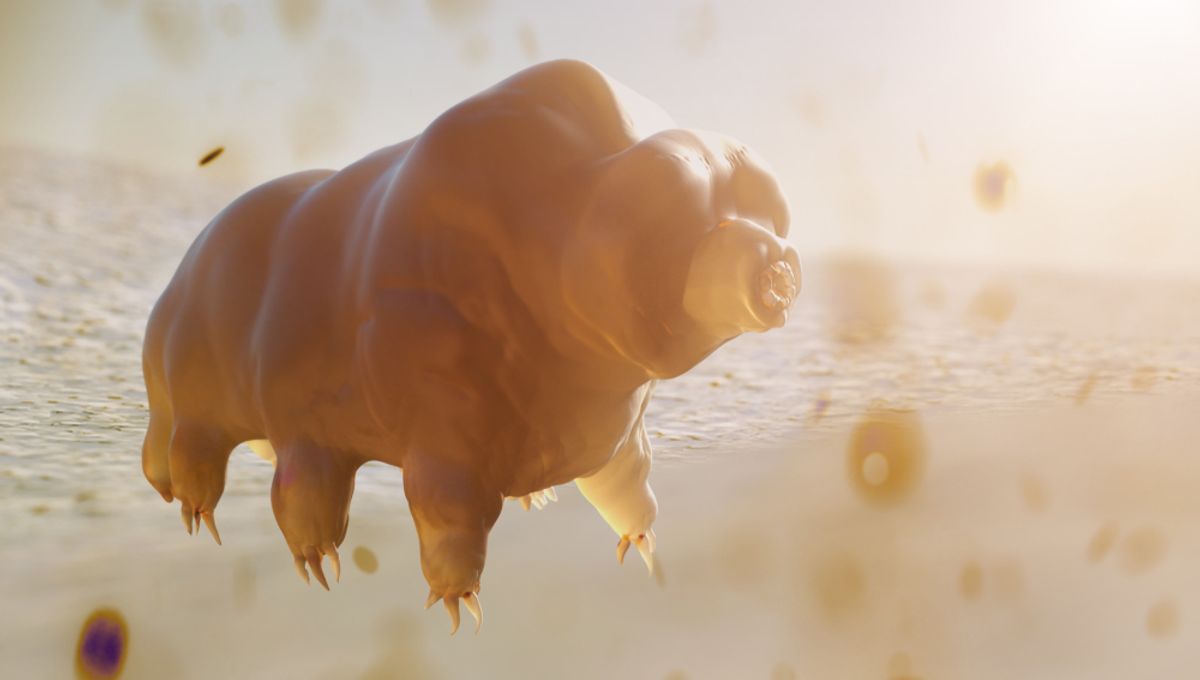
Tardigrades are famed for their ability to withstand harsh environmental conditions, and new research reveals the secret to the creatures’ incredible powers of endurance. When frozen, the so-called water bears enter a state of “cryobiosis” and stop aging entirely until they are thawed.
Such a finding builds upon previous research which showed that tardigrades undergo a similar process called anhydrobiosis when faced with extremely dry conditions. This amazing ability to completely halt their metabolism until circumstances become more favorable has been labeled the “Sleeping Beauty” hypothesis in reference to the fairytale princess who spends a century in suspended animation.
Rather than kissing their tardigrades back to life, though, the study authors chose to continually freeze and thaw the wee moss piglets in order to observe how this affected their lifespan. A total of 716 tardigrades took part in the research, with some acting as controls by remaining in a warm environment while others were subjected to sub-zero temperatures.
Those in the experimental group were frozen at −30°C (−22°F) for a week at a time, before then spending a week at a more comfortable 20°C (68°F). This alternating weekly treatment was continued until all the specimens naturally came to the end of their life cycle.
“The temporarily frozen tardigrades lived twice as long as the control group, but both control and temporarily frozen groups had similar lifespans if the time spent frozen was excluded,” explain the study authors. “This represents the first demonstration that the ‘Sleeping Beauty’ hypothesis applies to cryobiosis, meaning that tardigrades do not age while frozen.”
Among those that were continually frozen and thawed, the longest-living tardigrade survived for a total of 169 days, of which 75 were spent in cryobiosis while 94 were spent at a normal temperature. Similarly, the oldest tardigrade in the control group lived for 93 days, illustrating how the animals appear to stop aging entirely when frozen.
While it’s unknown if a tardigrade could survive indefinitely at sub-zero temperatures, a study published in 2016 showed that the animals could successfully be revived after being frozen for more than 30 years. Similar properties have been observed in other microscopic organisms called rotifers, one of which was revived by scientists after 24,000 years in the Siberian permafrost.
Describing the concept of cryobiosis in the simplest possible terms, study author Ralph Schill explained in a statement that “during inactive periods, the internal clock stops and only resumes running once the organism is reactivated.”
“So, tardigrades, which usually only live for a few months without periods of rest, can live for many years or even decades.”
The study was published in the Journal of Zoology.
Source Link: "Sleeping Beauty" Hypothesis Explains How Tardigrades Survive Being Frozen